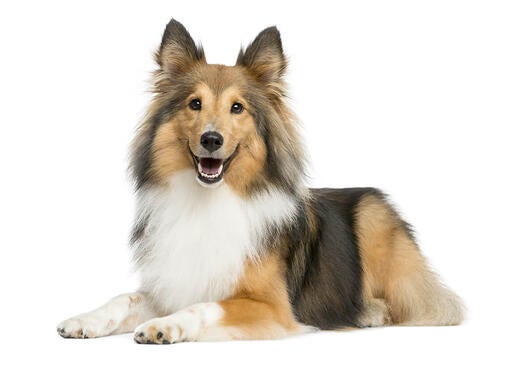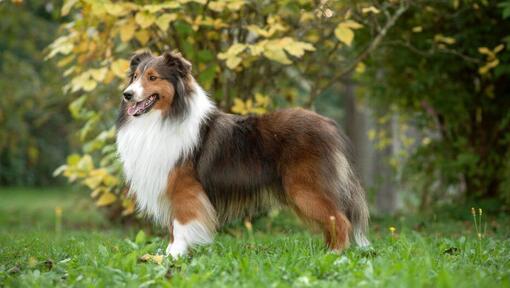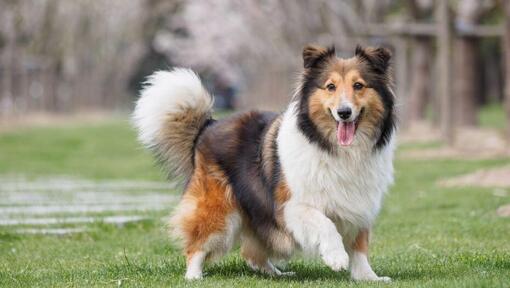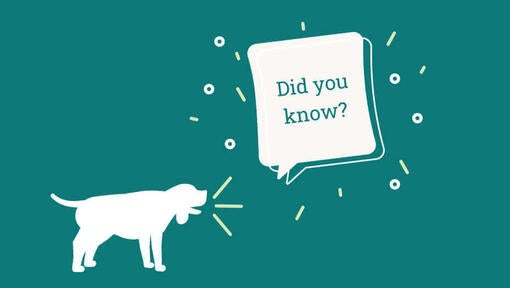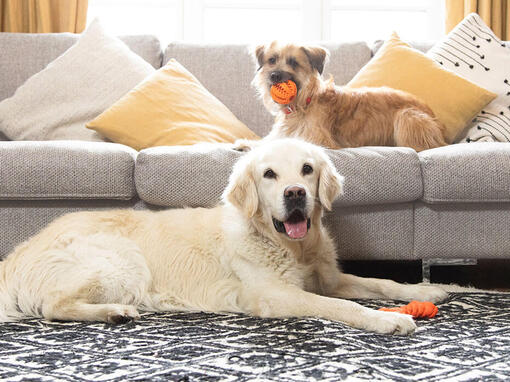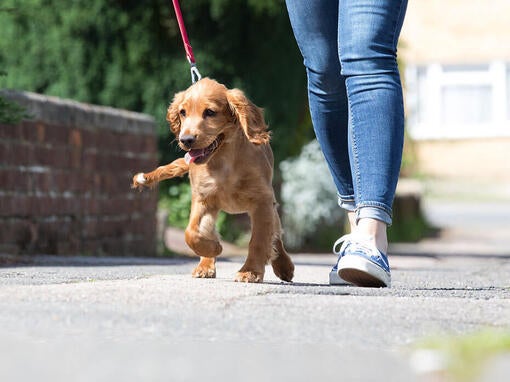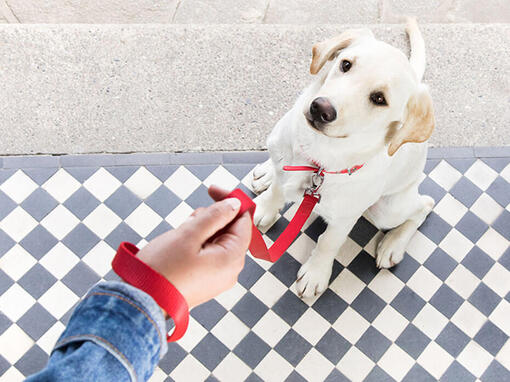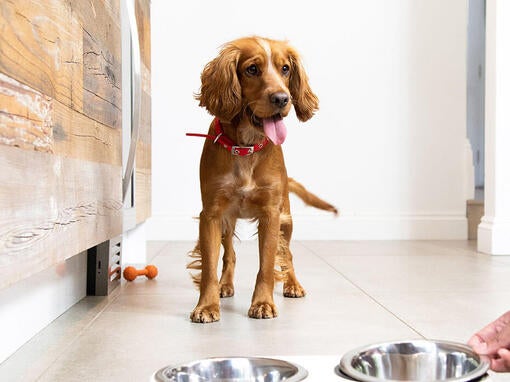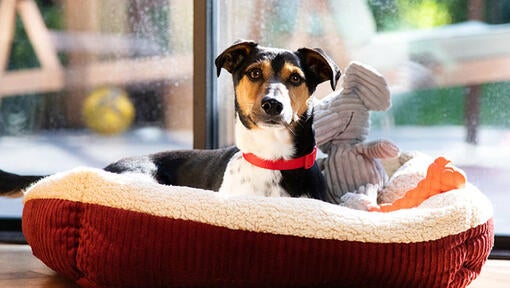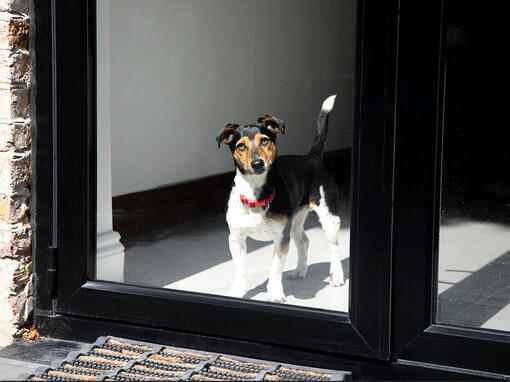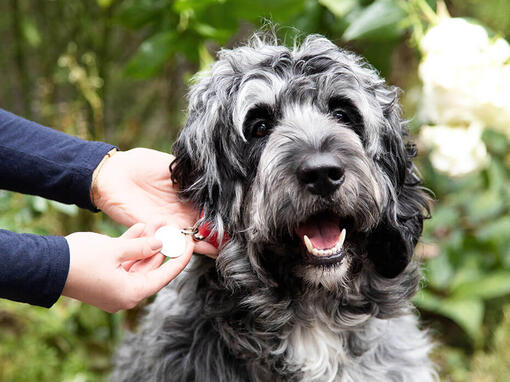History and Origins
Country of Origin: Shetland Isles
Named for the Shetland Isles off the North-East coast of Scotland where this breed was developed, the Shetland Sheepdogs original job was aiding crofters in herding sheep, and protecting unfenced crops from anything that fancied a free meal.
Many animals native to Shetland are notable for their smaller stature - the sheep and ponies in particular. As a result, crofters had no need of a large, expensive to feed working dog when a nimble smaller dog would do better.
